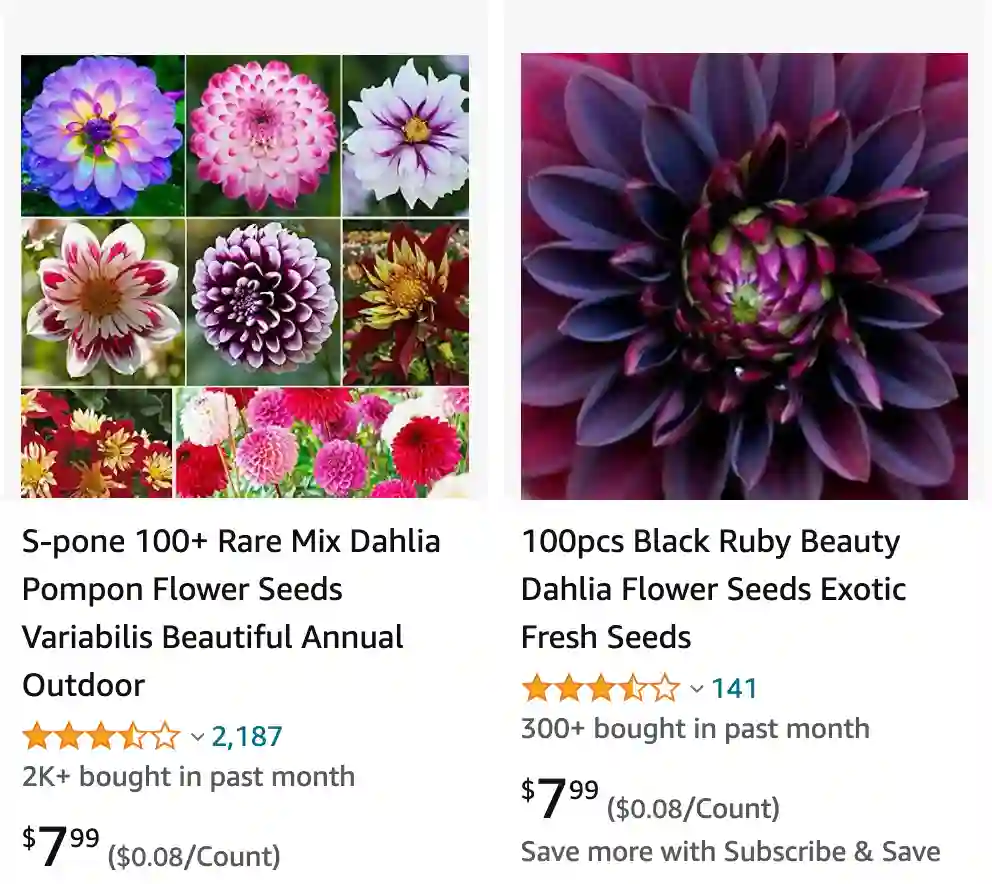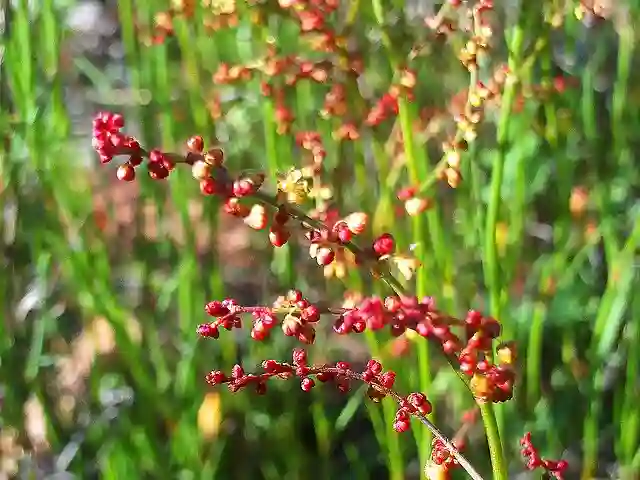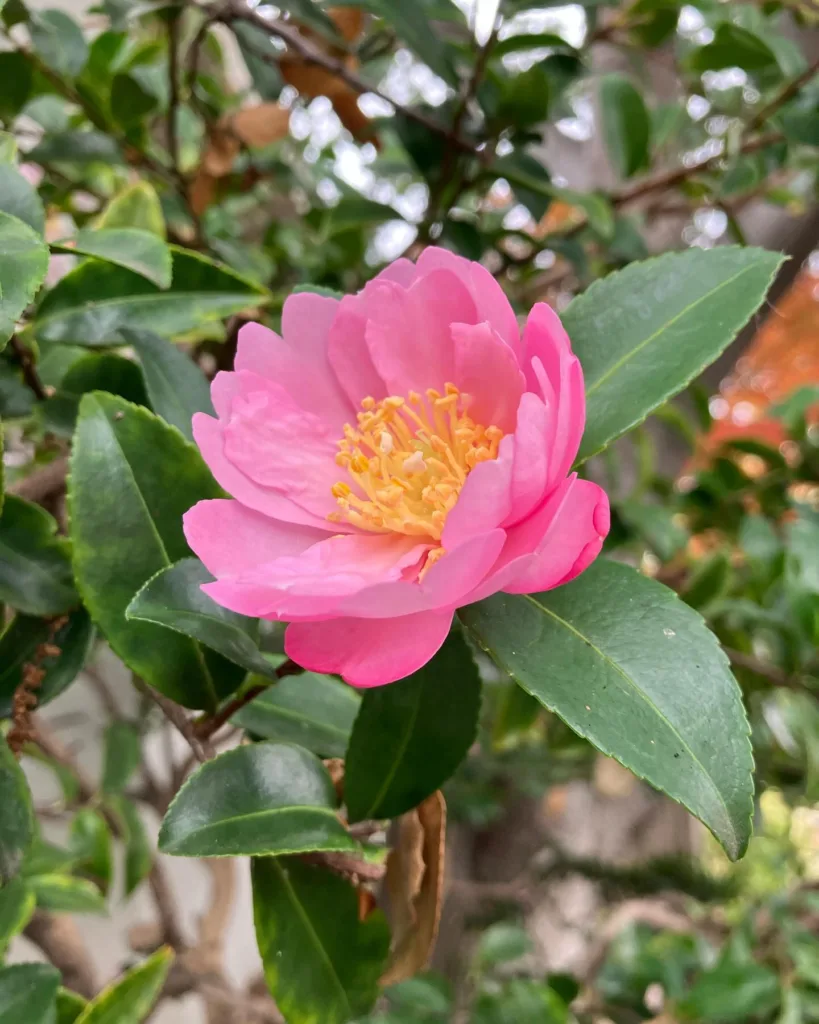
The Enchanting Dahlia Pinnata: A Gardener’s Guide
Hi there, I’m Ferb Vu, and I’ve been an avid gardener for years. Today, I want to share my passion for one of the most dazzling flowers around, the Dahlia pinnata. With its vibrant blooms and diverse forms, this Mexican native has captivated gardeners for centuries. Whether you’re a seasoned plant enthusiast or just starting your gardening journey, the Dahlia pinnata is sure to add a touch of magic to your flower bed.
41 Species in Genus Dahlia
What is Dahlia pinnata?
The Dahlia pinnata, also known as the single dahlia or the common dahlia, is a species of dahlia native to Mexico. They boast single blooms in a kaleidoscope of colors, including red, orange, yellow, purple, and white. Unlike the giant dinner plate dahlias you might see at flower shows, Dahlia pinnata blooms tend to be smaller, reaching around 2-4 inches in diameter. However, what they lack in size, they make up for in abundance, often producing a profusion of blooms throughout the summer and fall.
How to plant Dahlia pinnata seeds?
Planting Dahlia pinnata from seed is a rewarding experience, allowing you to cultivate unique varieties at a fraction of the cost of buying mature plants. Here’s a step-by-step guide to get you started:
- Timing is key: Dahlia pinnata seeds prefer warm soil for germination. So, the best time to sow them indoors is in late winter or early spring, 6-8 weeks before the last frost date in your area.
- Prepare your seed trays: Fill seed trays with a well-draining seed starting mix. Moisten the mix thoroughly but avoid making it soggy.
- Sow the seeds: Dahlia pinnata seeds can be quite small. So, you can either gently press them into the soil or sow them on the surface and then cover them lightly with a thin layer of vermiculite.
- Warmth and light: Place the seed trays in a warm location, ideally with a temperature around 70-75°F (21-24°C). You can also use a heat mat to promote germination. Cover the trays with plastic wrap to retain moisture.
- Germination and care: Seeds should germinate within 7-14 days. Once seedlings emerge, remove the plastic wrap and provide them with bright indirect sunlight. Keep the soil consistently moist but not waterlogged.
- Thinning and transplanting: Once seedlings have developed their first set of true leaves, it’s time to thin them. Gently pinch off the weaker seedlings or transplant them into individual pots.
- Hardening off: When the danger of frost has passed and nighttime temperatures consistently stay above 50°F (10°C), you can harden off your seedlings. Gradually introduce them to outdoor conditions for a week or so before transplanting them into your garden.
- Planting in the garden: Choose a location in your garden that receives at least 6-8 hours of direct sunlight daily. Dahlia pinnata prefer well-draining, fertile soil. Amend the planting area with compost or manure before transplanting. Space your dahlia plants according to their mature size, typically 12-18 inches apart.
When did the Dahlia pinnata become Mexico’s state flower?
The Dahlia pinnata holds a special place in Mexican culture. It was declared the official national flower of Mexico in 1963. Evidence suggests that dahlias were cultivated by the Aztecs as far back as the 16th century. They were used for both ornamental and medicinal purposes.
Where to order Dahlia pinnata seeds?
Dahlia pinnata seeds are widely available online from reputable seed companies and gardening suppliers. You can also find them at local nurseries and garden centers, especially during the spring planting season. Look for varieties that appeal to you in terms of color, bloom size, and plant height.
How to care for Dahlia pinnata?
With proper care, your Dahlia pinnata will reward you with a dazzling display of blooms throughout the summer and fall. Here are some key things to keep in mind:
- Watering: Dahlia pinnata enjoy consistent moisture, especially during hot and dry weather. Water deeply at the base of the plant, allowing the soil to dry slightly between waterings.
- Feeding: Feed your dahlia plants regularly with a balanced fertilizer throughout the growing season. A monthly dose of a liquid fertilizer diluted according to package instructions is sufficient.
- Staking: Taller dahlia varieties may require staking to support their heavy blooms. Install stakes early in the season and loosely tie the stems to the stakes as the plants grow.
- Deadheading: Regularly deadhead your dahlia plants by removing spent blooms. This will encourage them to produce even more flowers throughout the season.
Additional Tips for Success with Dahlia pinnata
- Companion planting: Dahlia pinnata pair well with other summer favorites like cosmos, zinnias, and sunflowers. You can also interplant them with herbs like basil or dill to deter pests.
- Overwintering: In colder climates (USDA zones 7 or below), dahlia tubers need to be lifted and stored over winter to prevent them from freezing. After the first frost, carefully dig up the tubers and cut back the stems to a few inches. Wash the tubers gently to remove any soil, then allow them to dry completely in a cool, well-ventilated location for a few days. Store them in a dark, cool place (around 40-45°F or 4-7°C) with some damp peat moss or sawdust around them to prevent them from drying out.
- Potential problems: Dahlia pinnata can be susceptible to powdery mildew and slugs. Monitor your plants regularly and address any problems promptly. Organic methods like neem oil spray can be effective against powdery mildew, while handpicking or using beer traps can help control slugs.
With a little effort and these helpful tips, you can cultivate a thriving patch of Dahlia pinnata in your garden. These vibrant beauties will not only add a touch of Mexican flair to your outdoor space but also provide you with continuous blooms throughout the summer and fall. So, why not give them a try and experience the magic of the Dahlia pinnata for yourself?
If i die, water my plants!



